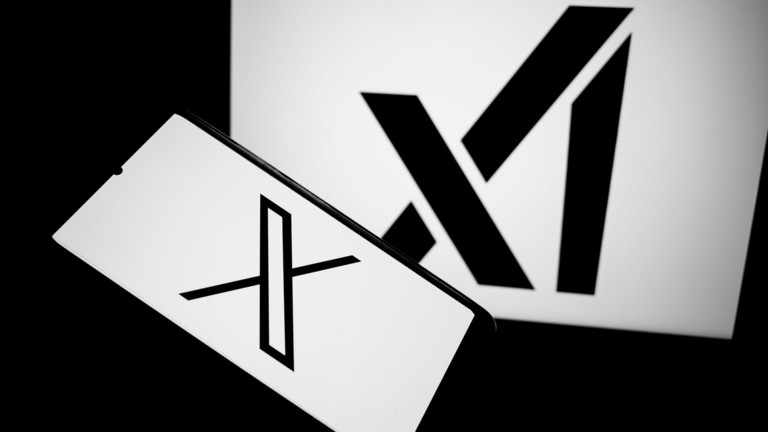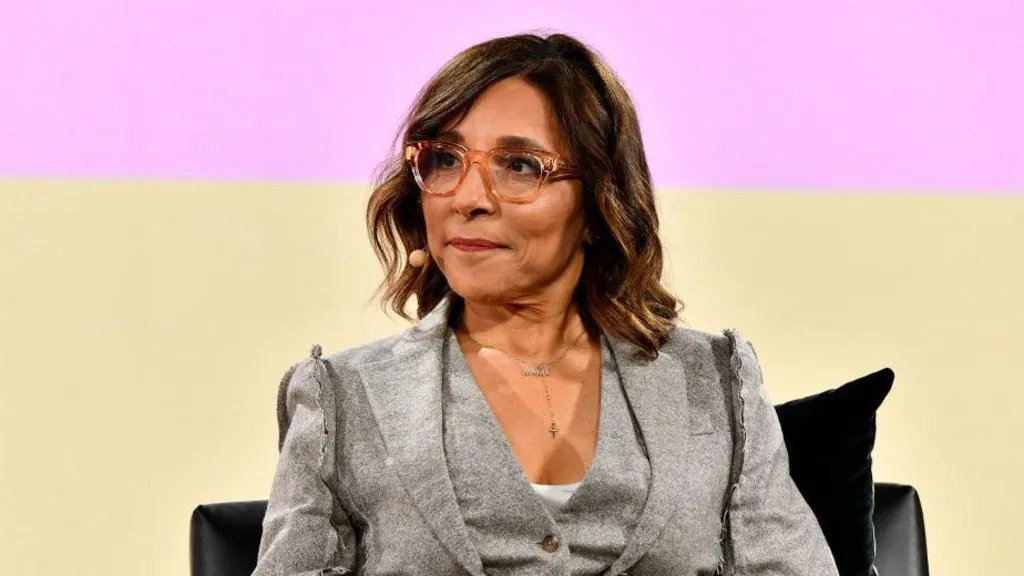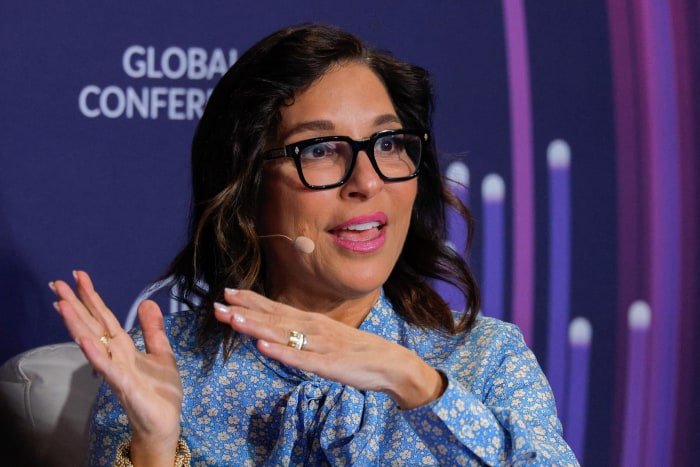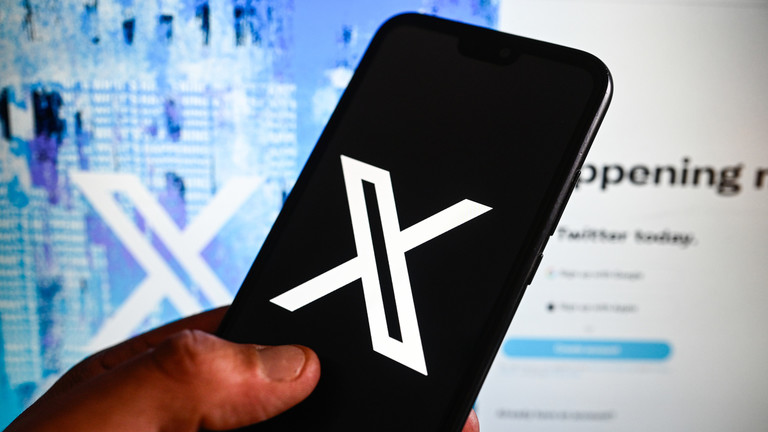
This article is more than
2 year oldDownload. Scroll. Post. Repeat. New social media apps are exhausting us.
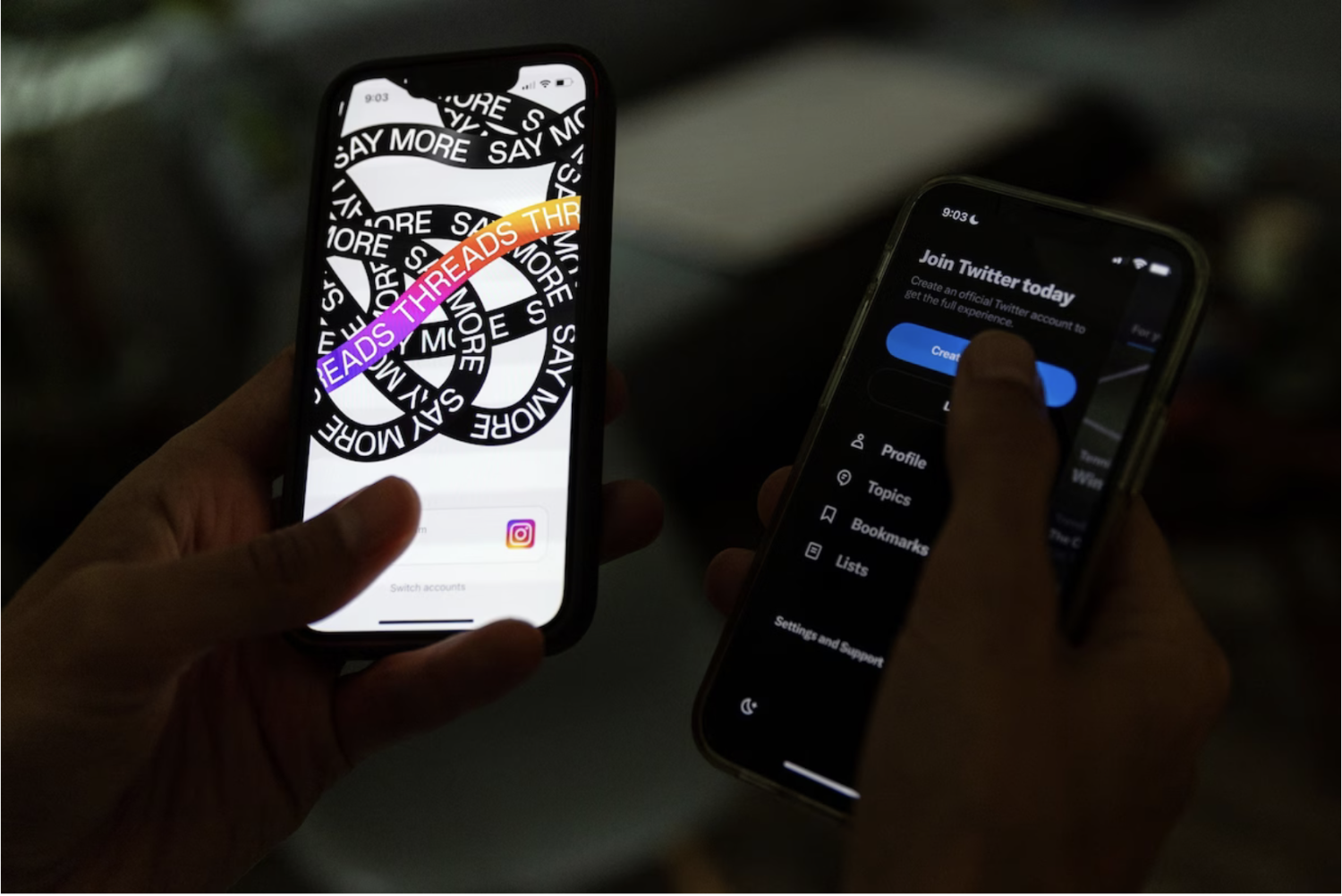
Evadne Eddins joined Myspace in 2005. Then Facebook in 2009. Tumblr in 2010. Twitter in 2011. LinkedIn in 2012. Instagram and Snapchat in 2013. TikTok and Reddit last year. Clubhouse about a month ago. And she signed up for Spill and Threads on Thursday, about an hour before talking to The Washington Post.
Eddins, and her peers, are tired. “But we don’t want to feel excluded, and still want to be in the know,” the 29-year-old said. “So we download the apps anyway.”
Twitter’s tumultuous experience under new management has breathed life into competitors, such as Mastodon, Bluesky, Spill and now Threads, that social media users are parsing. As millions this week flocked to Threads, Meta’s Twitter clone that launched Wednesday, many social media users say they are tired of the seemingly endless onslaught of new platforms. Fatigue is a long time coming, as users have navigated the ebb and flow of social media sites for decades. Now they are shuffling between the latest platforms that appear to be imitators, rather than innovators, experts told The Post.
“Five years ago, social media fatigue meant just having too much content thrown at you,” said Laura Bright, professor of media analytics at University of Texas at Austin. “Today it would be defined as being overwhelmed by the amount of applications as well as the content social media has to offer.”
The first social media sites — Friendster, Hi5, Myspace — gripped the internet in the late ’90s and early 2000s, but their imprint on society was not quite as ubiquitous as today. Now, more than 70 percent of Americans use social media, with research estimating that the average user engages with about six different platforms. Most millennials, like Eddins, have an internet trail littered with active and inactive social media profiles.
Eddins and her friends feel like there’s a new app coming out every day. “We spend all day staring at our laptops, staring at our phones and iPads and staring at TVs when we’re off work,” she said. “I cringe every time I get that weekly screen time report from my iPhone.”
Still, there’s a desire to be in on the latest thing. So despite her own social media fatigue, she headed to Spill — proclaimed “the Black Twitter” as the app’s founders promised to center people of color and marginalized groups — and Mark Zuckerberg’s Threads. But the new apps aren’t cutting it either, Eddins said.
“A lot of the newer apps are all just borrowing, copying and stealing aspects or entire concepts from one another,” she said. “If everyone is just doing the same thing as everyone else, then why bother? At that point, it’s just the same thing in new packaging.”
Years of social media experience have heightened users’ expectations for the sites, said Zizi Papacharissi, a communication and political science professor at the University of Illinois. When app after app is a copycat, or a letdown, user fatigue builds.
“People have tried out a number of new platforms over the past 20 years, and they’ve had the experience of putting in the work, putting in the labor of creating a new profile, and then convincing their friends to join,” Papacharissi said. “It’s not just user fatigue in creating a number of profiles and sustaining them. It’s also user fatigue with platforms in general.”
Unless there’s something new and exciting about the apps, it’s normal for people to feel fatigued, Papacharissi added.
When Twitter on Saturday limited the number of posts users could see, Danny Grover, a marketing director in New York City who found the platform indispensable for 15 years, said he took the day to consider whether this was a “blessing in disguise.” Maybe this could be his chance to cut down his professional reliance on social media, he added.
“For me it’s not about the fear of missing out on the fun,” the 40-year-old said. “I have a fear of missing out on cultural conversation. I need that for myself professionally.”
He turned to Bluesky on Sunday night. “I didn’t want to be left without a paddle if Twitter completely broke down,” he said. “While Bluesky doesn’t have the 500 reporters I follow on Twitter, it has at least 100 of them. That’s something.”
But Grover found that Bluesky isn’t a substitute for the connections Twitter used to offer him.
He tried other apps, too: Some were still in their beta stages. Mastodon was too complicated. He didn’t know much about Spill. And Threads is a “nonstarter” for him — he never created an Instagram.
Grover’s search continues, as it does for other users.
Most new platforms are launched by Silicon Valley behemoths trying to muscle in on what some see as Twitter’s falling star, rather than what “users might actually want,” Papacharissi said.
“Threads was created, to put it very plainly, because ‘why not?’ That was the motivation,” Papacharissi added. “It was way too easy for a company like Meta to bring it together, to create a code for it and to attach it to Instagram.”
As the slew of social media shows no sign of slowing, Bright, the media analytics professor, urged users to move forward critically with each platform to avoid app-related fatigue.
“We have to consider what data we are giving them, how it will impact our attention span, how difficult it will be to learn the nuances of the app, and if our network will be there,” Bright said. “If a certain type of app makes you feel connected to others and gives you a sense of excitement, try and find something similar to it. If an app makes you feel bad, you should look at other platforms.”
Just ensure that you’re using the app, and the app isn’t using you, she said.
